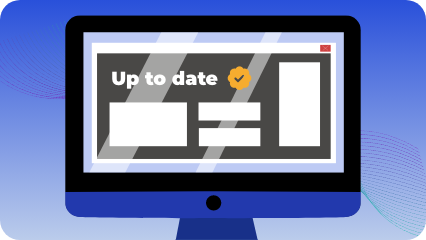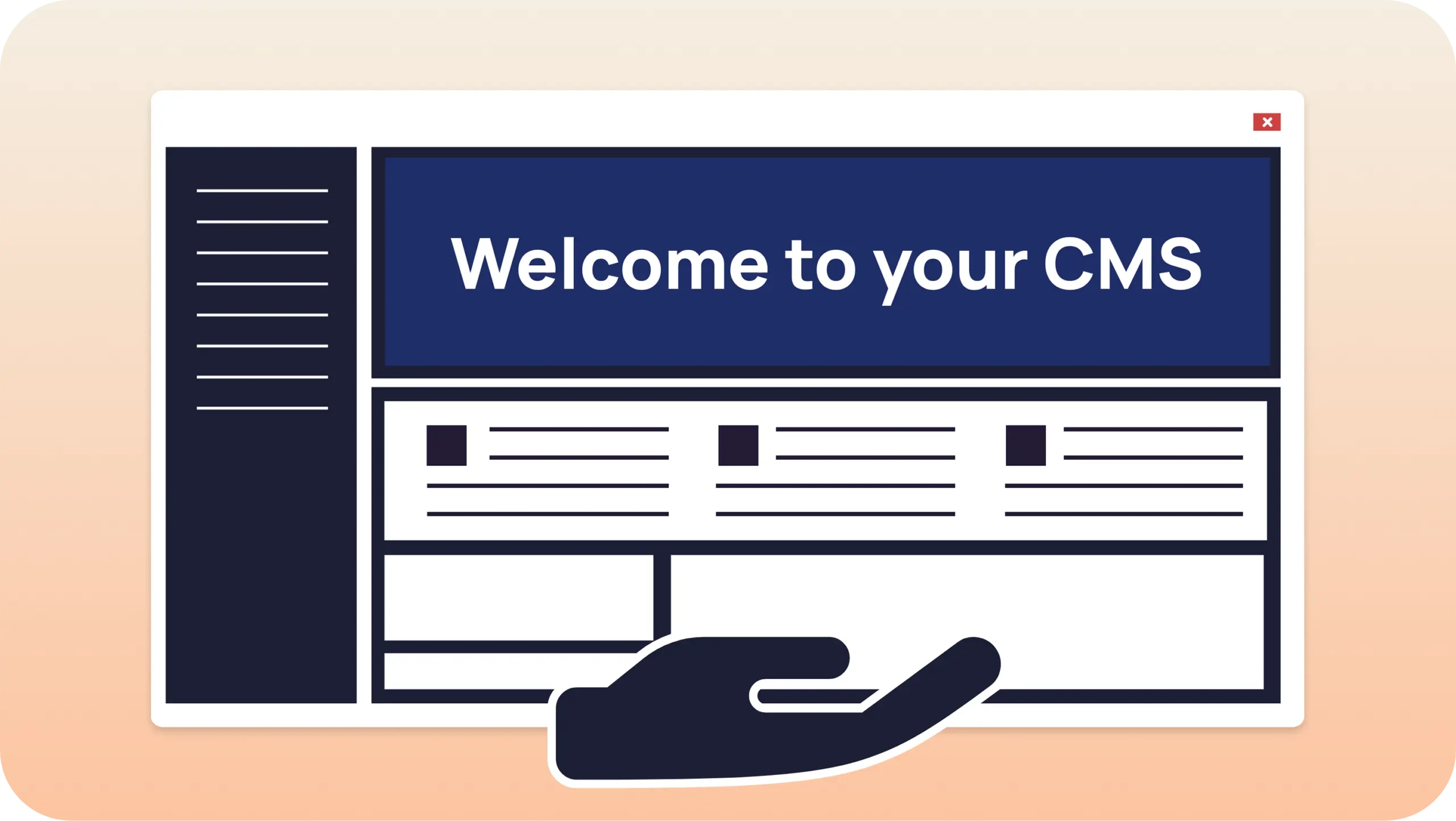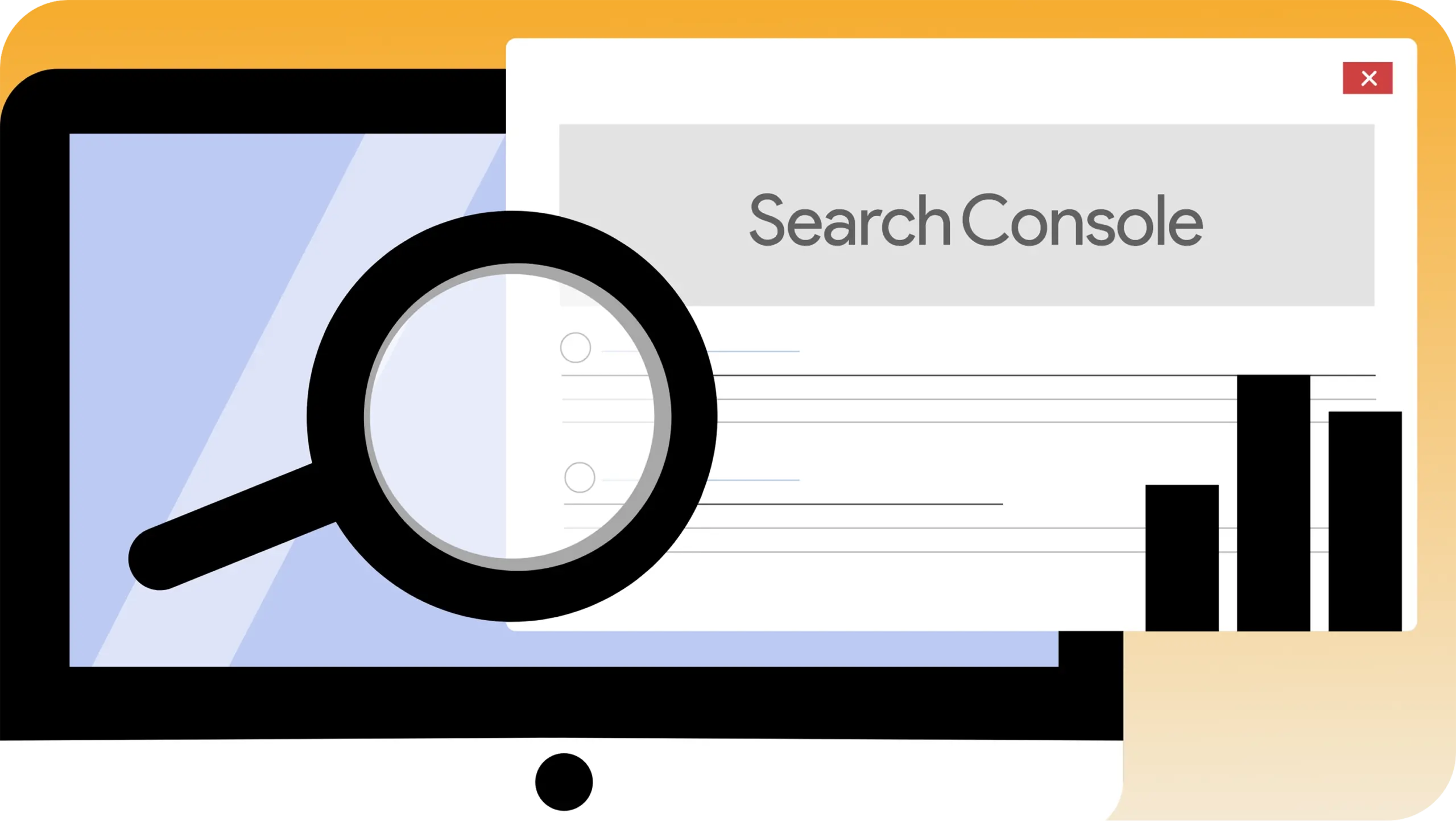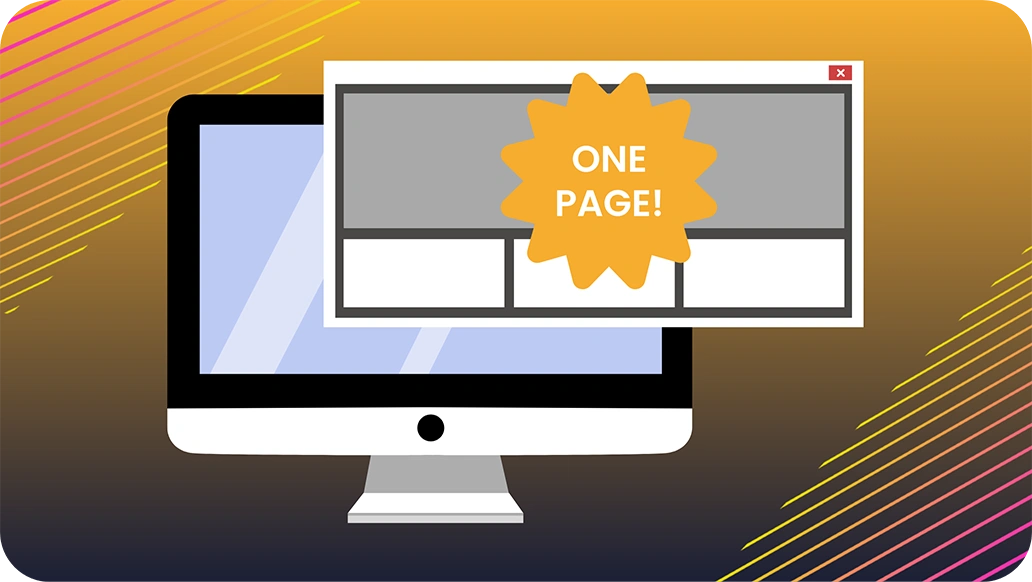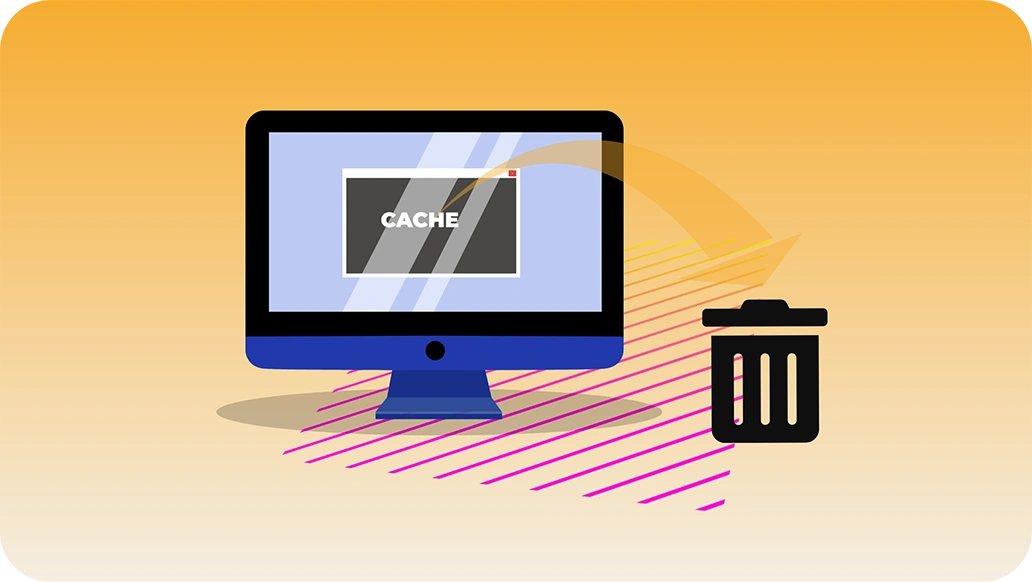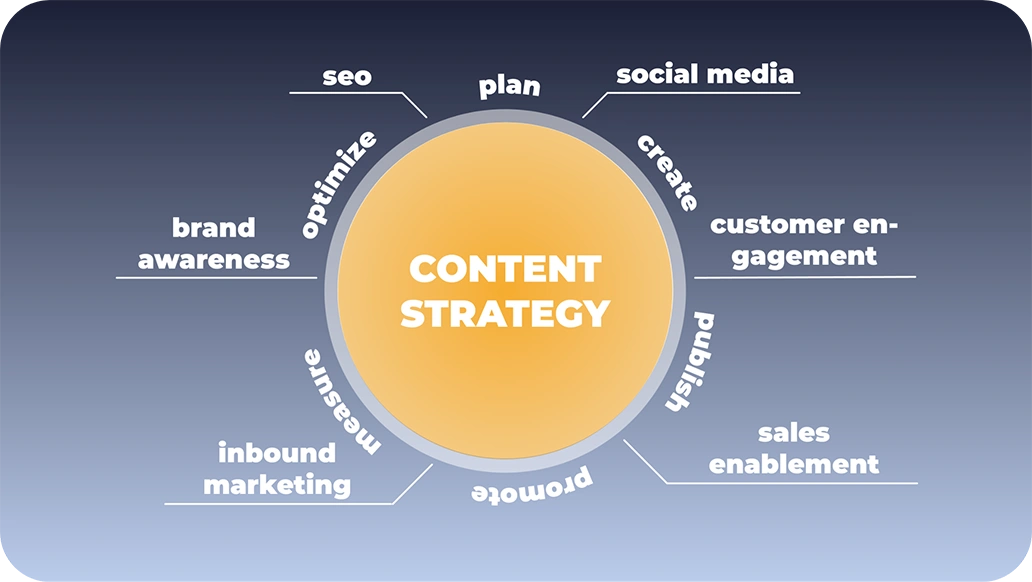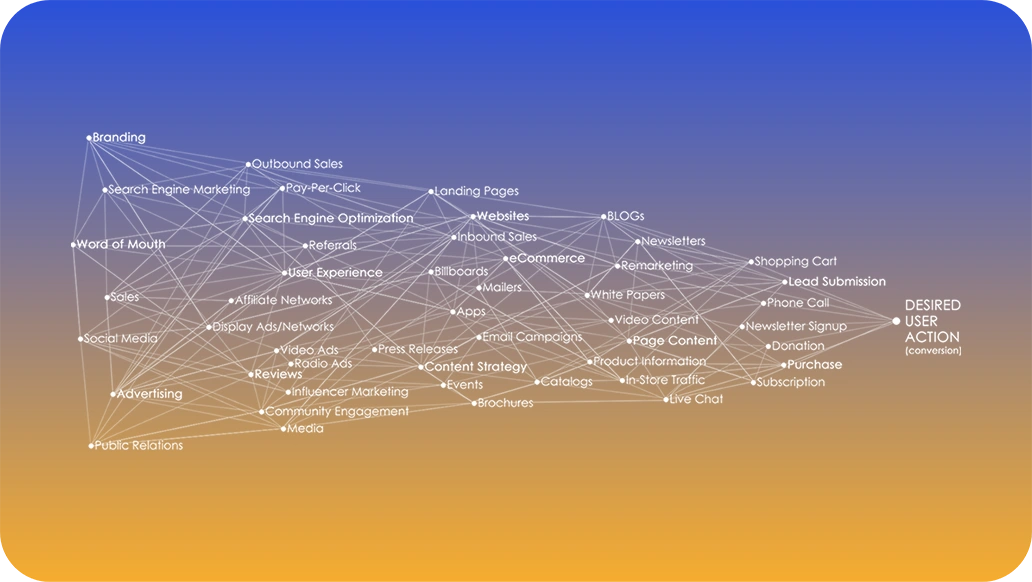With roughly 4.6 billion people having the capability to access the internet, the amount of potential website traffic is overwhelming. Considering that a website has the potential to reach a larger audience than a physical storefront, it becomes imperative to ensure that the website accurately reflects the excellence of the product or service offered.
The internet is a living entity that undergoes constant evolution. It is essential to consistently update and enhance the company’s website, since users expect a seamless website experience that aligns with the overall branding and feel of the business.
Why is Updating Necessary?
It can take anywhere from six months to a year of planning and development to revamp a large website, so it’s best to begin redesigning at the three or four year mark of its lifetime to be able to go live (public) no later than the five year point. Due to constant progression, an update is overdue if a website is older than half a decade.
- Websites age quickly. If a website is outdated, it can decrease the page load speed. Studies show a consumer’s attention span is between 2 and 8 seconds. Slower load speed correlates with a higher bounce rate, creating a hole in the business’ conversion funnel.
- People make decisions quickly from first impressions. Aesthetics and content are important for UX, meaning both of these things should be updated regularly. If a company isn’t keeping up their appearance, users won’t anticipate a good purchase experience and may look somewhere else to shop.
- An aged or out-of-date functionality or appearance can make users cynical, doubting the genuineness of the business.
- With a plethora of transactions online and low barriers to entry, market competition has only increased. How often a website needs refurbishing depends on how competitive the industry is – the higher the competition level, the more often a website requires updating to stay on top.
The Revamp Process
Hire designers and developers who are up-to-date in web design and user experience (front-end as well as back-end). This will require soft skills such as determining what appeals to a certain audience, whether a color scheme actually works well in practice, and how to make content updates easy for employees.
- Research the competitions’ websites and similar industries through a user’s lens. Take note of what a consumer would enjoy, what looks good and works for the overall experience, and what could work better. What can you to surpass the competition? How can you serve your users better? Ensure mobile and in between sizes are being accounted for throughout the whole process.
- A new website won’t do any good if isn’t user friendly. We advise user testing or sending it internally and having employees try out the site before publishing.
- When the new site goes live, set up analytics and frequently check them as time progresses. Use this valuable data to guide the updates of the next revamp.
Consumers are searching the web for what they need and the plethora of options that exist is daunting. You can make their choice easier by showing off your business on a functional and appealing website. Having one not only legitimizes an enterprise, it also provides easy access to information. If a website isn’t being regularly updated, it’s becoming irrelevant and better options are taking it’s rank in search results.
Time to Renew? Contact Logical
© Melinda O’Connor 2023

